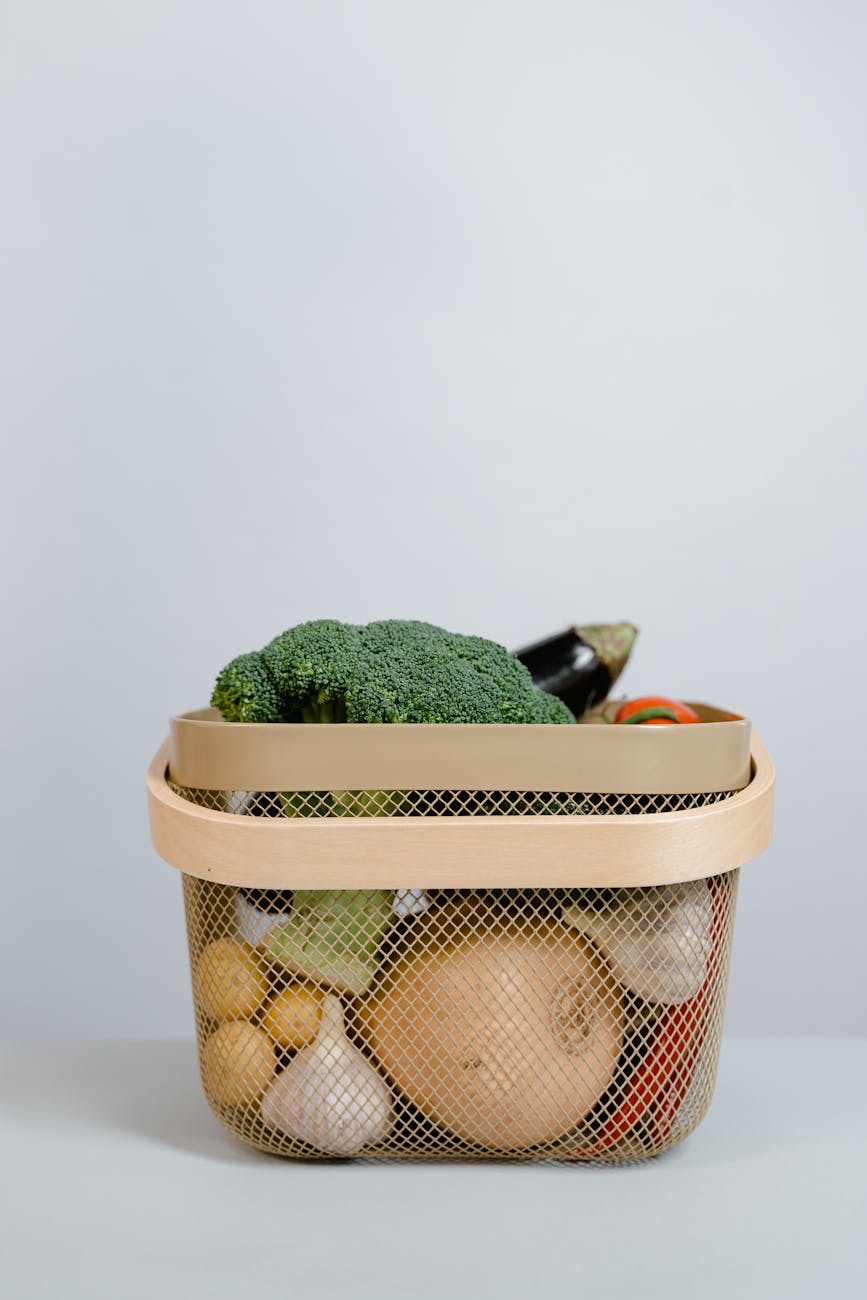Introduction to plant-based recipes
Ready to dive into the delicious world of plant-based eating? Plant-based recipes are all about celebrating the vibrant flavors and textures that nature has to offer. Whether you’re a seasoned vegan or just curious about incorporating more plants into your diet, there’s a whole universe of culinary possibilities waiting to be explored.
These recipes focus on using ingredients derived from plants, like fruits, vegetables, grains, legumes, nuts, and seeds. Think flavorful curries, hearty salads, creamy pasta dishes, and even decadent desserts – all made without animal products. Let’s get started on this tasty adventure!

Benefits of plant-based recipes
Why are so many people embracing plant-based recipes? Well, the benefits are pretty amazing! Beyond just being delicious, plant-based eating can have a positive impact on your health, the environment, and even your wallet.
Here are some key advantages:
* **Improved Health:** Studies have shown that plant-based diets can lower the risk of heart disease, type 2 diabetes, and certain cancers. source
* **Environmental Impact:** Reducing your consumption of animal products can significantly decrease your carbon footprint.
* **Weight Management:** Plant-based meals are often lower in calories and higher in fiber, which can help you feel full and satisfied.
* **Cost-Effective:** Many plant-based staples, like beans, lentils, and rice, are very affordable.

Step-by-Step Guide / Recipe
Let’s jump into a simple and satisfying plant-based recipe: Creamy Tomato & Basil Pasta. This dish is quick to make, packed with flavor, and perfect for a weeknight dinner.
**Ingredients:**
* 1 pound pasta (penne, fusilli, or your favorite shape)
* 1 tablespoon olive oil
* 1 onion, chopped
* 2 cloves garlic, minced
* 1 (28 ounce) can crushed tomatoes
* 1 cup vegetable broth
* 1/2 cup plant-based cream (cashew cream or oat cream work well)
* 1/4 cup fresh basil, chopped
* Salt and pepper to taste
* Optional: red pepper flakes for a little kick
**Instructions:**
1. Cook the pasta according to package directions. Drain and set aside.
2. While the pasta is cooking, heat the olive oil in a large skillet over medium heat. Add the onion and cook until softened, about 5 minutes. Add the garlic and cook for another minute until fragrant.
3. Stir in the crushed tomatoes, vegetable broth, salt, pepper, and red pepper flakes (if using). Bring to a simmer and cook for 10 minutes, stirring occasionally.
4. Stir in the plant-based cream and basil. Cook for another 2 minutes, until heated through.
5. Add the cooked pasta to the sauce and toss to coat.
6. Serve immediately and enjoy!

Tips for Perfect plant-based recipes
Want to elevate your plant-based cooking game? Here are a few tips to help you create amazing and flavorful dishes:
* **Don’t be afraid to experiment with spices and herbs.** They are your best friend when creating flavorful plant-based meals.
* **Roast your vegetables.** Roasting brings out the natural sweetness and adds depth of flavor.
* **Soak nuts and seeds before blending them.** This creates a smoother and creamier texture for sauces and dressings. For example, cashew cream is a popular alternative to dairy cream in many plant-based recipes.
* **Invest in a good-quality vegetable broth.** It makes a huge difference in the overall taste of your soups and stews.
* **Consider meal prepping some of your plant-based staples.** Things like cooked grains, roasted vegetables, and homemade sauces can save you a lot of time during the week.

Common Mistakes to Avoid with plant-based recipes
Even experienced cooks can make mistakes when trying new plant-based recipes. Here are some common pitfalls to watch out for:
* **Overcooking vegetables:** No one likes mushy veggies! Cook them until they’re tender-crisp for the best texture.
* **Not seasoning properly:** Plant-based meals can sometimes taste bland if you don’t use enough salt, pepper, and other seasonings. Taste as you go and adjust accordingly.
* **Relying too heavily on processed foods:** While there are many delicious plant-based convenience foods available, try to focus on whole, unprocessed ingredients as much as possible.
* **Using the wrong type of oil:** Choose oils that are appropriate for the cooking method you’re using. For example, olive oil is great for sautéing, but not ideal for high-heat frying.
* **Forgetting to add healthy fats:** Plant-based recipes often benefit from the addition of healthy fats like avocado, nuts, seeds, or olive oil, which add richness and flavor. Related article

Frequently Asked Questions about plant-based recipes
**Q: Are all plant-based recipes vegan?**
A: Yes, plant-based recipes are inherently vegan as they exclude all animal products, including meat, dairy, eggs, and honey.
**Q: Can I adapt my favorite meat-based recipes to be plant-based?**
A: Absolutely! With a little creativity, you can easily swap out animal products for plant-based alternatives. For example, you can use tofu or tempeh in place of meat, or plant-based milk instead of dairy milk.
**Q: Where can I find more plant-based recipes?**
A: There are tons of resources available online, in cookbooks, and in magazines. Search for “vegan recipes” or “plant-based recipes” to find a wealth of inspiration.
**Q: How do I get enough protein on a plant-based diet?**
A: Many plant-based foods are excellent sources of protein, including beans, lentils, tofu, tempeh, quinoa, and nuts.

Conclusion & Final Thoughts
Exploring the world of plant-based recipes can be an exciting and rewarding experience. Not only can it improve your health and reduce your environmental impact, but it can also introduce you to a whole new range of flavors and ingredients. With a little experimentation and creativity, you can create delicious and satisfying plant-based meals that you’ll love. So, go ahead and get cooking!

